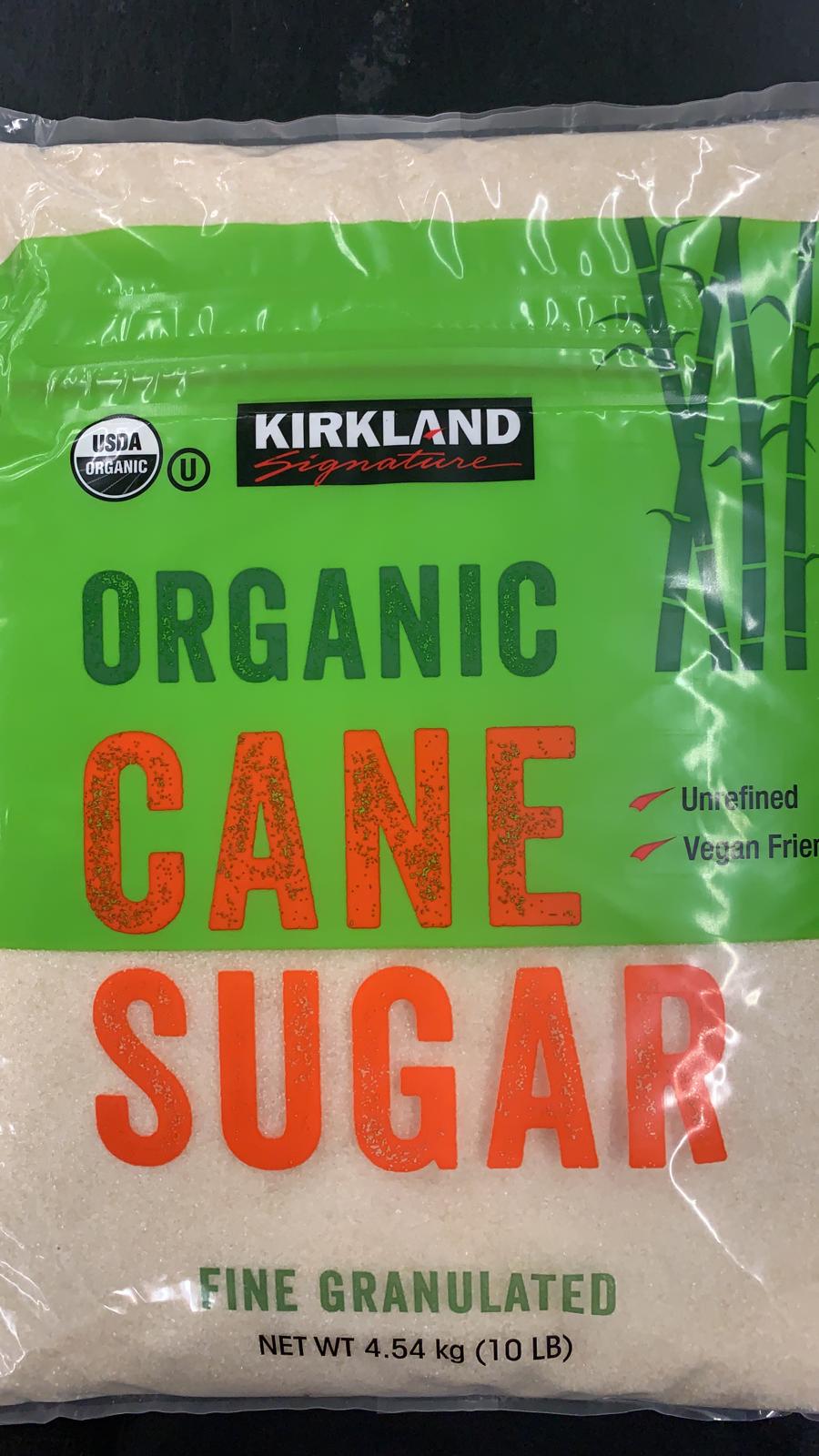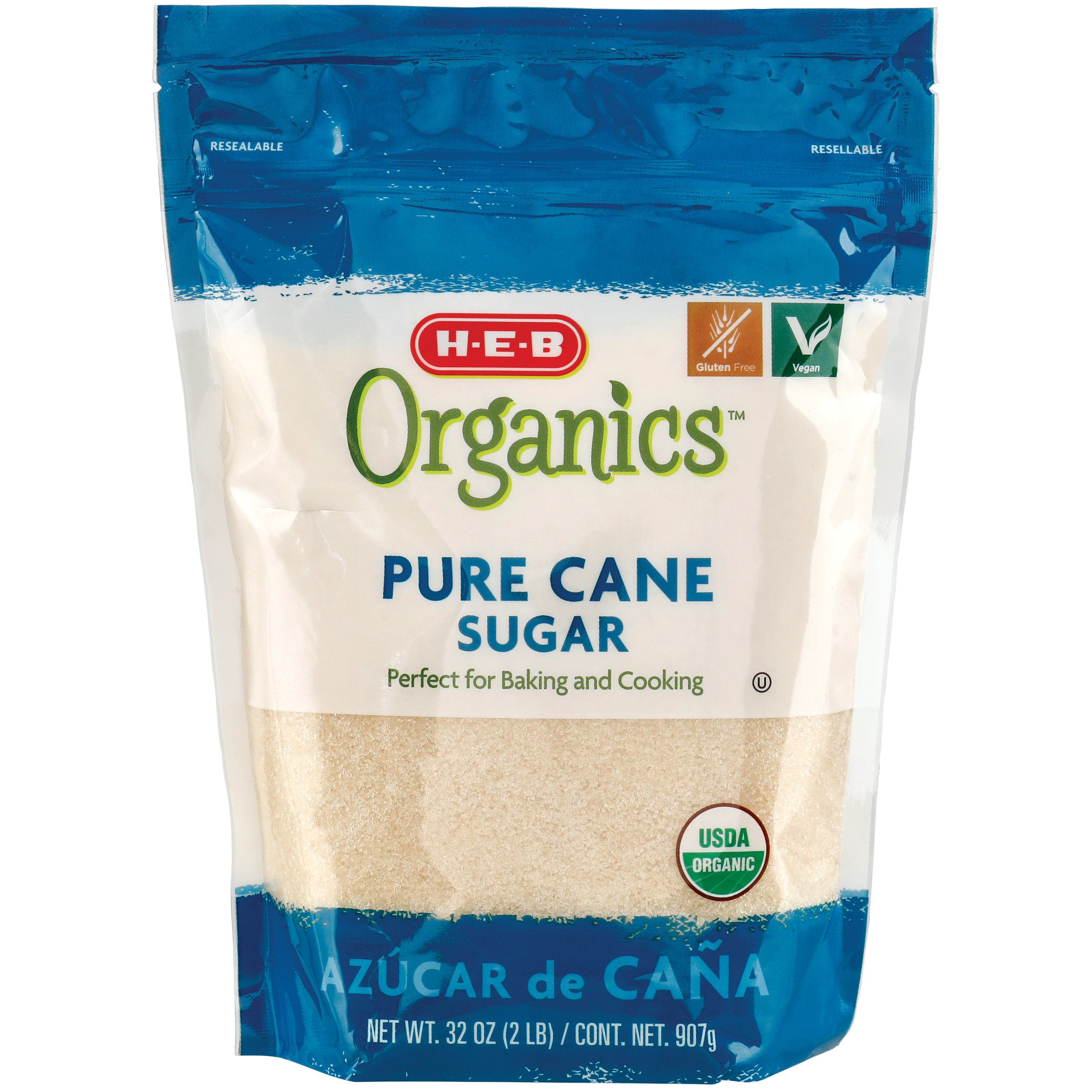Recognizing Cane Sugar Processing: A Comprehensive Review of the Stages
Recognizing Cane Sugar Processing: A Comprehensive Review of the Stages
Blog Article
A Thorough Overview to the Environmental Effect and Sustainability Practices in Walking Cane Sugar Processing
The environmental impact of walking stick sugar processing provides a complicated range of difficulties that warrant mindful assessment. From dirt deterioration and excessive water use to the carbon impact connected with cultivation and manufacturing, the consequences of conventional methods are far-ranging. On the other hand, the adoption of innovative sustainability actions offers a pathway towards much more responsible production methods. Recognizing the interaction in between these problems is essential for stakeholders in the sector. What details techniques can be carried out to strike an equilibrium between performance and environmental stewardship? The solutions depend on a closer check out both the challenges and possible options.
Overview of Cane Sugar Processing
Walking cane sugar processing entails a series of organized steps that transform sugarcane right into polished sugar. Originally, collected sugarcane is moved to refining facilities, where it undergoes cleaning up to get rid of soil and particles. Following this, the walking stick is squashed to draw out juice, which is then cleared up by getting rid of contaminations via heating and the enhancement of lime.
The made clear juice goes through evaporation, where water is removed to focus the sugar content. These crystals are separated from the remaining syrup using centrifugation, resulting in raw sugar.
The final product is then dried and packaged for distribution. Throughout this entire procedure, maintaining performance and quality control is important to make certain the sugar fulfills market requirements. Each action in cane sugar processing not just adds to the last product however also has ramifications for resource usage and waste generation, establishing the phase for discussions on sustainability and ecological influences related to sugar manufacturing.
Environmental Obstacles of Manufacturing
The production of cane sugar provides a number of considerable ecological obstacles that warrant interest. One main worry is the extensive use agrochemicals, consisting of plant foods and chemicals, which can bring about dirt deterioration, biodiversity loss, and contamination of local water sources. The drainage from sugarcane areas commonly brings these chemicals right into close-by communities, interrupting marine life and influencing the health and wellness of neighborhoods reliant on these water bodies.
One more challenge is the high power consumption associated with sugarcane handling. The boiling and refining stages call for significant heat, mostly created by burning fossil fuels, adding to greenhouse gas emissions. Furthermore, the large land location needed for sugarcane farming can bring about logging and environment devastation, further aggravating climate change and harmful wild animals.
Furthermore, the labor techniques in some regions increase moral issues, as workers may encounter poor working problems and inadequate wages. This scenario often continues a cycle of destitution in regional communities. Cane Sugar Processing. Dealing with these environmental obstacles is vital for establishing much more sustainable techniques in walking stick sugar manufacturing, ultimately benefiting both the setting and the communities associated with this sector
Water and Land Usage Impact
Water sources and land application are vital parts in the walking stick sugar industry that considerably impact the environment. The growing of sugarcane calls for considerable water input, with estimates recommending that it can consume approximately 2,000 liters of water per kg of sugar generated. This intensive use of water usually causes exhaustion of neighborhood water resources, affecting not only the sugarcane plantations but additionally surrounding ecological communities and areas that count on the exact same water resources for farming go right here and domestic use.

Moreover, land usage for sugarcane growing can cause deforestation and the conversion of natural habitats into monoculture plantations. This practice lessens biodiversity, interferes with neighborhood ecological communities, and contributes to soil destruction. The growth of sugarcane fields often trespasses on valuable agricultural land, developing competitors for resources between food and biofuel manufacturing.
Lasting techniques, such as maximizing watering methods and applying plant turning, are important to minimize these impacts. By embracing much more reliable water use and land administration techniques, the walking cane sugar industry can decrease its ecological impact, guaranteeing an equilibrium in between farming efficiency and environmental preservation.
Greenhouse Gas Emissions
Greenhouse gas emissions stand for a considerable environmental issue within the cane sugar handling market, particularly as farming methods increase to satisfy global demand. The farming of sugarcane, a plant that thrives in tropical environments, relies greatly on artificial plant foods and chemicals, which add to nitrous oxide emissions. In addition, land-use adjustments, consisting of logging for brand-new sugarcane vineyards, launch co2 kept in vegetation and dirt.
Throughout processing, power intake is an additional significant resource of greenhouse gas discharges - Cane Sugar Processing. Numerous sugar mills utilize fossil fuels to power machinery and create warm, resulting in significant carbon footprints. Furthermore, the transport of raw sugarcane and ended up products includes layers of discharges through gas burning in cars
This involves evaluating existing agricultural practices, refining approaches, and transport systems to i was reading this recognize areas for improvement and reduction. Addressing greenhouse gas discharges is essential for cultivating a more lasting walking stick sugar industry in a transforming climate.

Lasting Practices and Innovations
Sustainable practices and technologies are increasingly essential in the walking cane sugar processing sector as stakeholders look for to reduce ecological impacts while maintaining efficiency. One considerable improvement is the implementation of integrated plant administration, which optimizes source usage by integrating soil monitoring, bug control, and plant rotation strategies. This method boosts return while decreasing chemical inputs and maintaining dirt wellness.
In addition, the adoption of sustainable energy sources, such as biomass from sugarcane residues, has actually acquired grip - Cane Sugar Processing. By transforming waste products into power, refining centers can lower their dependence on nonrenewable fuel sources, thus decreasing greenhouse gas discharges
Water administration methods have actually likewise seen enhancements via the recycling and reusing of water in processing plants, substantially decreasing freshwater consumption. Developments in technology, such as accuracy agriculture, allow farmers to keep an eye on plant health and resource use a lot more properly, making certain sustainable growing techniques.
In addition, certification programs like Fair Trade and Rainforest Partnership motivate ecologically liable farming methods and advertise social equity within the supply chain. By embracing these lasting techniques and advancements, the cane sugar handling market can enhance its durability and contribute favorably to ecological stewardship.
Conclusion
The environmental effect of walking stick sugar handling provides significant obstacles, consisting of dirt degradation, high water usage, and greenhouse gas emissions, together with moral worries connected to labor methods. Attending to these problems with lasting practices, such as incorporated plant management, renewable resource adoption, and water recycling, is necessary. By advertising environmentally liable and socially equitable methods in sugar production, the market can reduce its unfavorable impacts, guaranteeing a more sustainable future for both environments and communities included in this market.
Cane sugar processing includes a collection of organized steps that transform sugarcane into polished sugar. Each action in cane sugar processing not only adds to the last product however likewise has effects for click this site source usage and waste generation, establishing the phase for conversations on sustainability and environmental effects associated with sugar manufacturing.
Greenhouse gas emissions stand for a substantial environmental problem within the walking stick sugar handling sector, particularly as agricultural practices increase to meet worldwide need.Sustainable practices and developments are significantly vital in the cane sugar processing industry as stakeholders look for to reduce ecological influences while keeping performance.The environmental influence of walking stick sugar processing offers substantial difficulties, consisting of soil degradation, high water usage, and greenhouse gas emissions, together with moral worries associated to labor practices.
Report this page